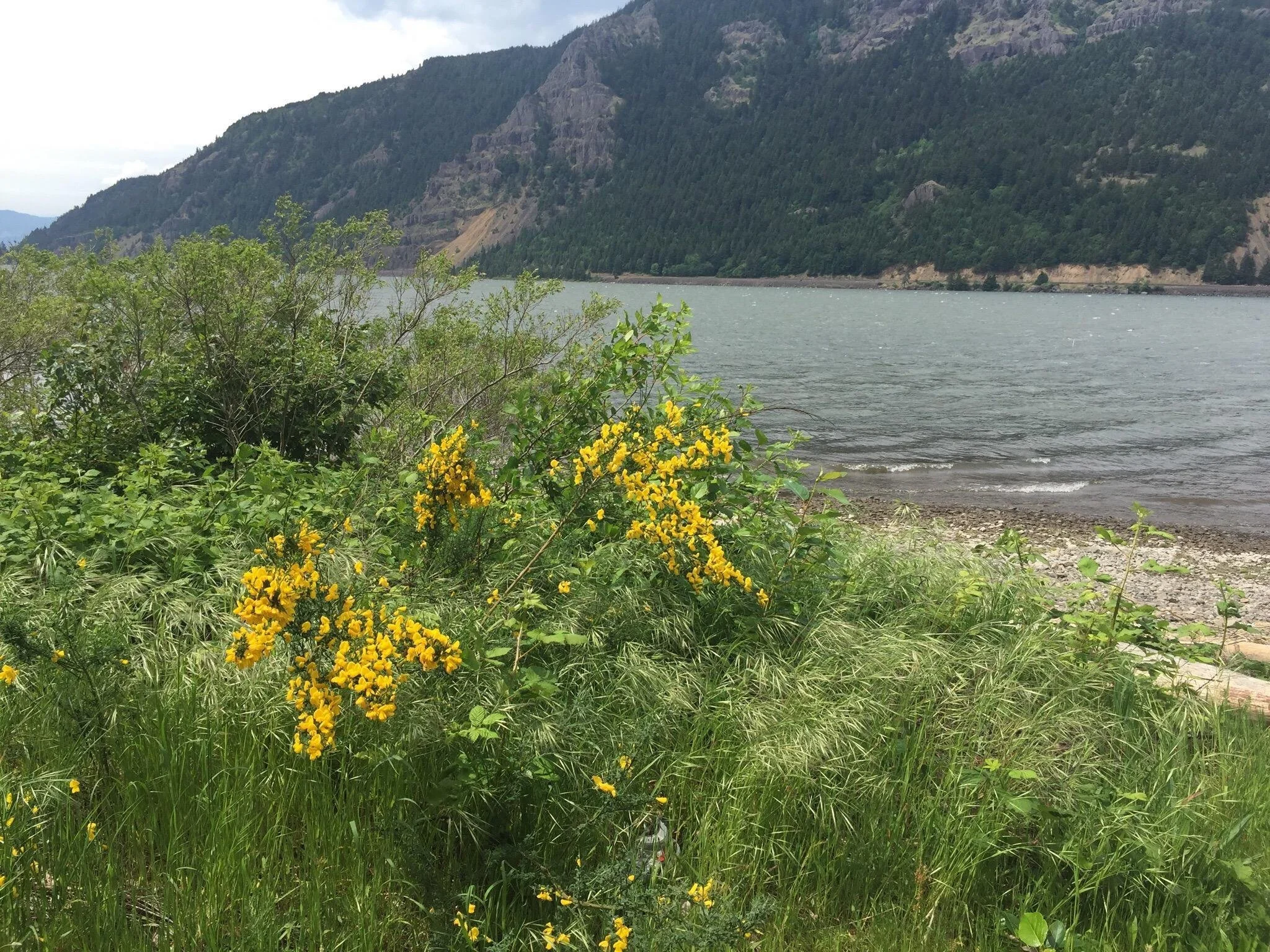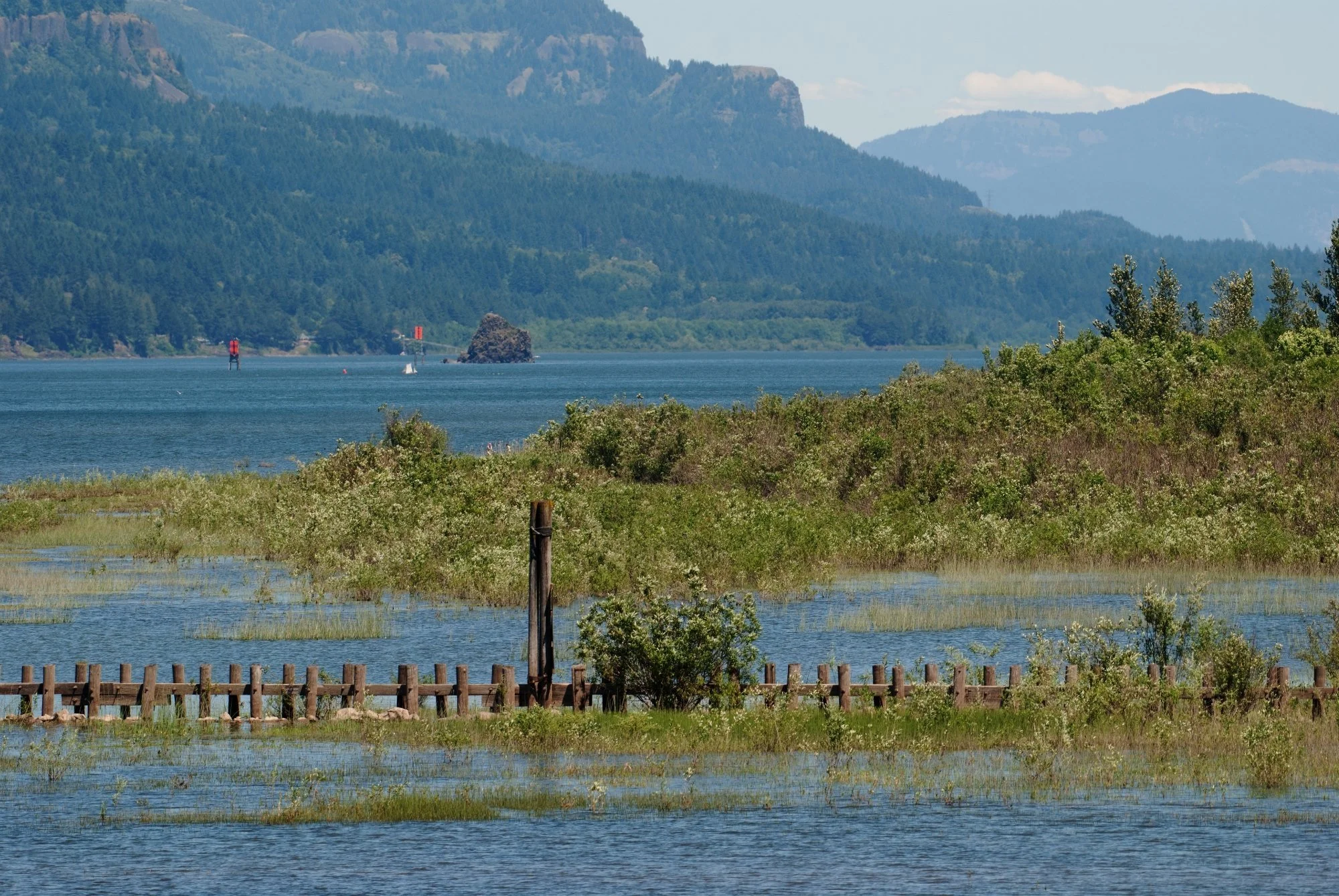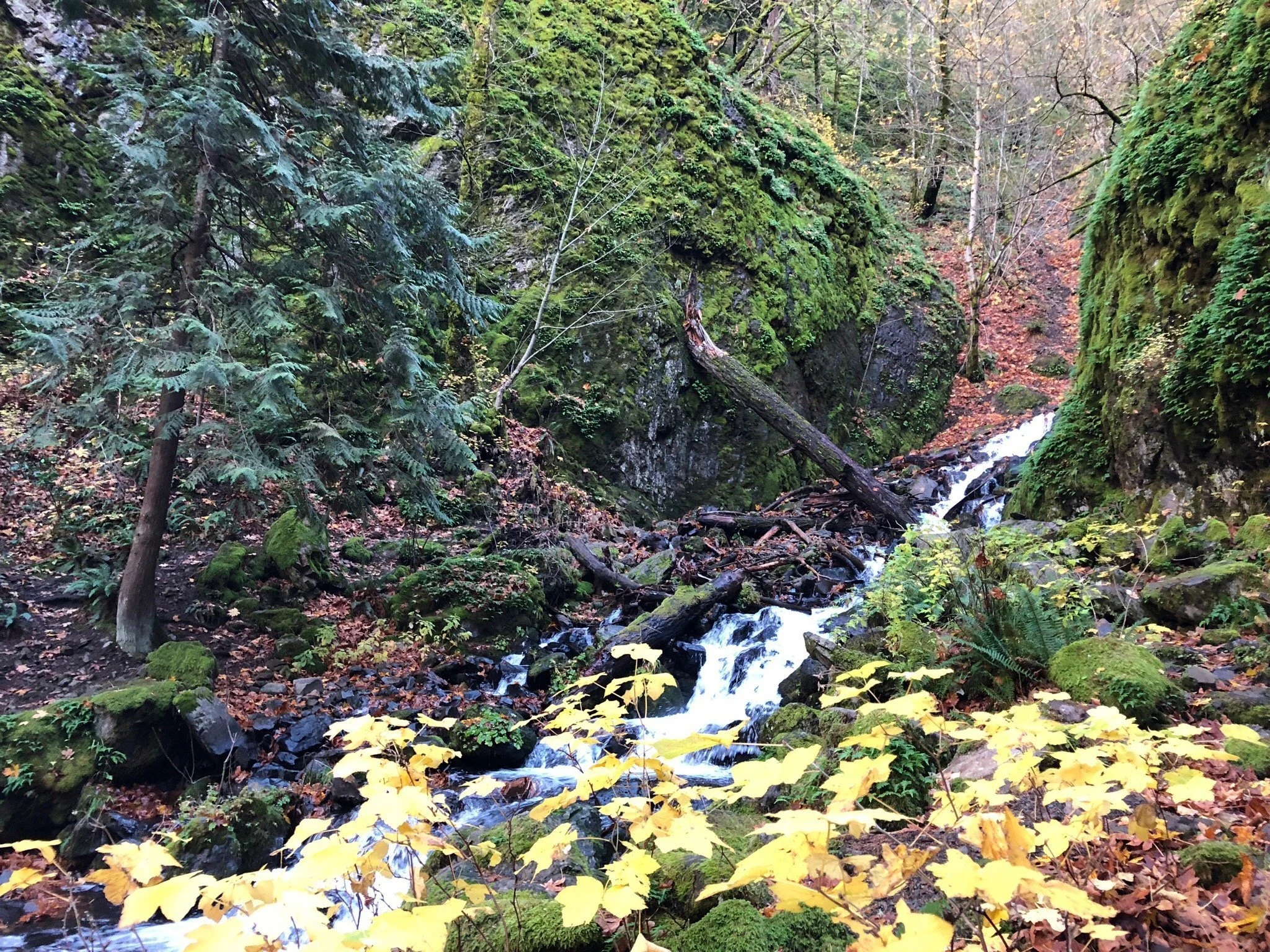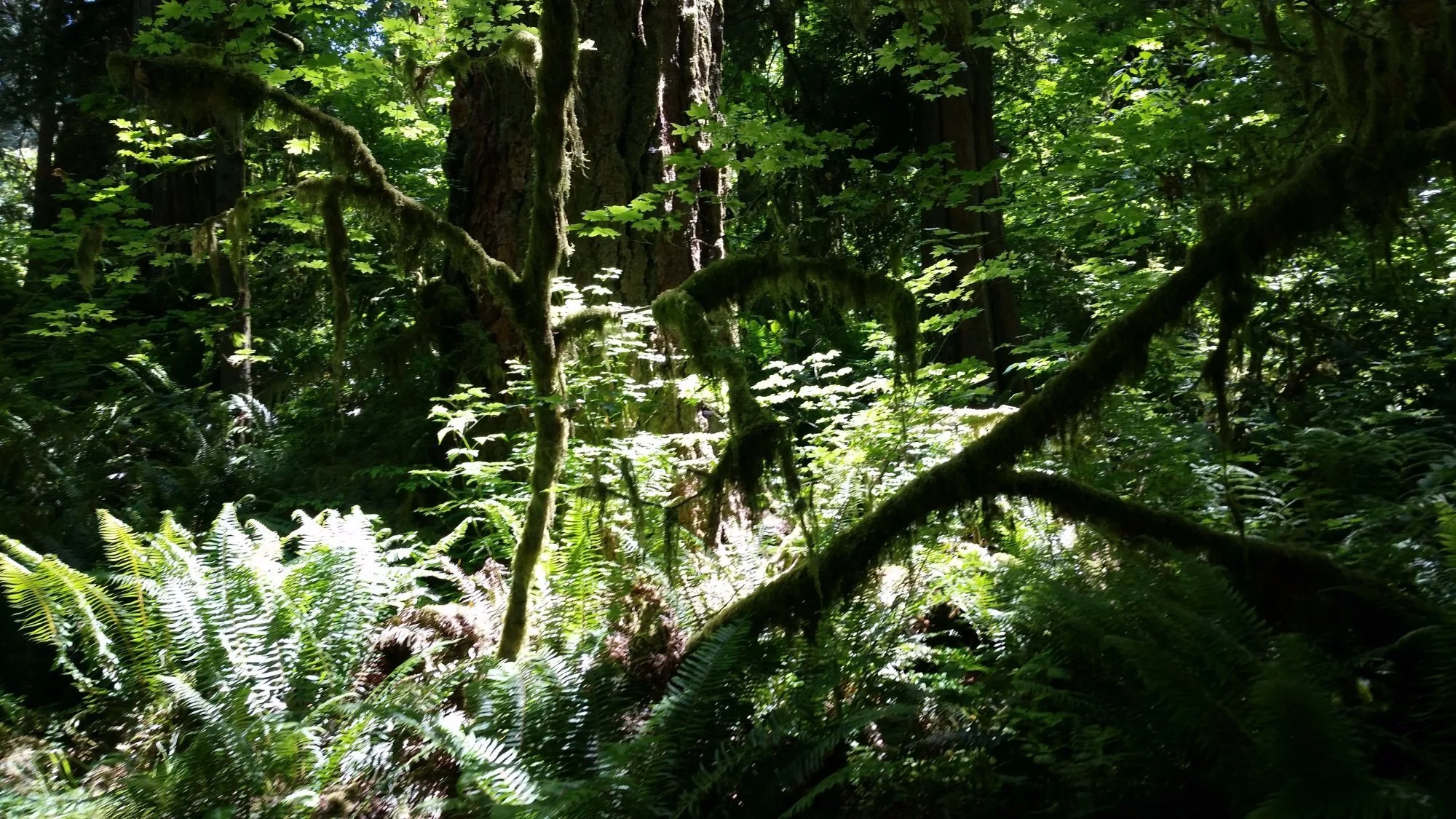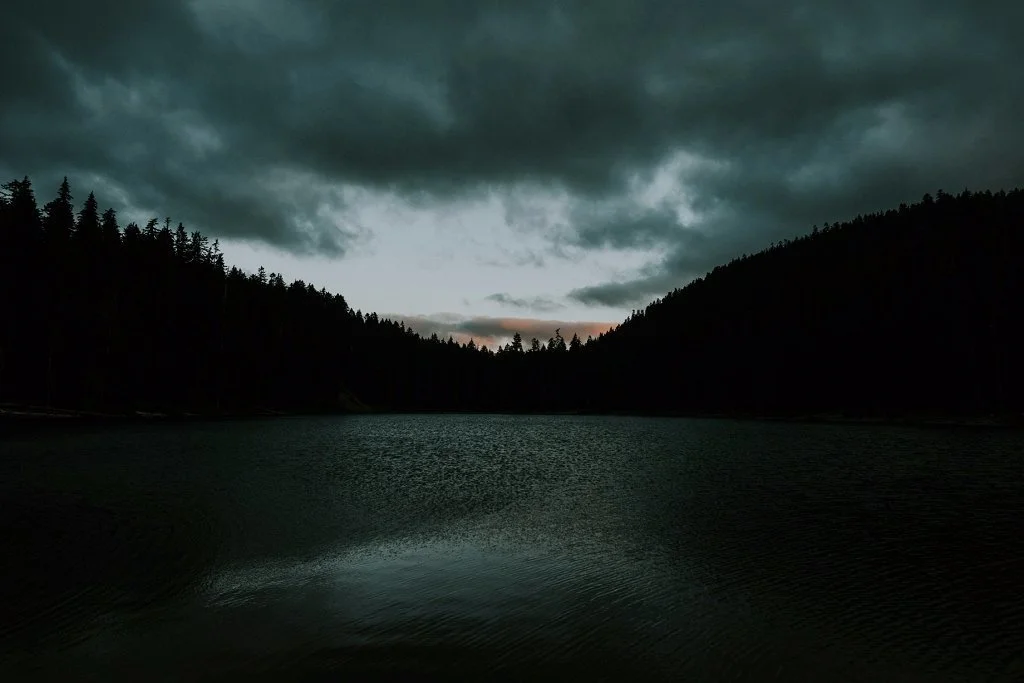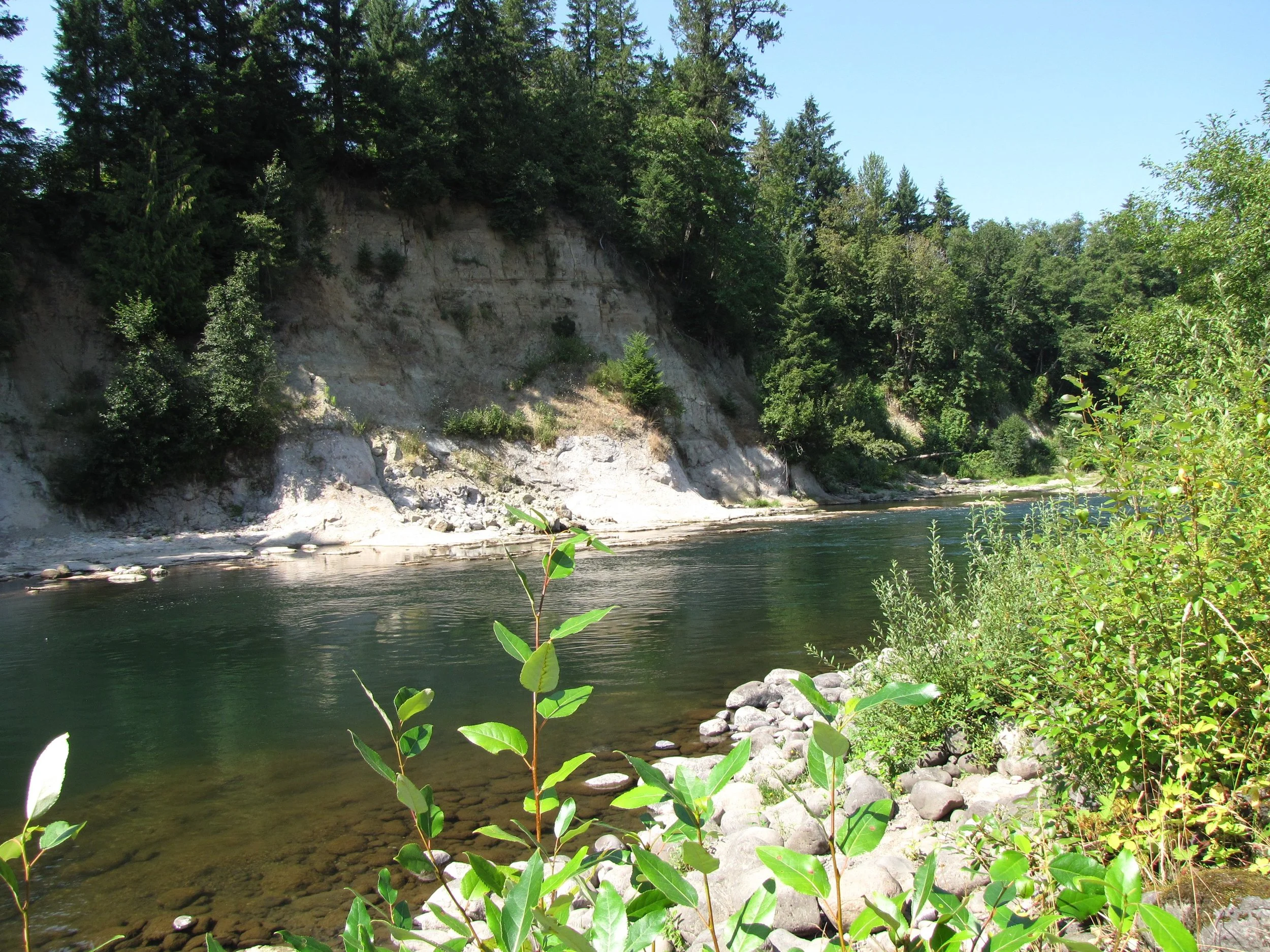Located along the Columbia River at the Oregon and Washington border and extending southward to the majestic snow-covered Mt. Jefferson, Mt Hood National Forest remains a treasured destination for outdoor enthusiasts. The vast wilderness spans over a million acres, featuring an extensive network of trails that beckon hikers, while offering diverse recreational opportunities including river adventures, equestrian trails, cycling routes, angling spots, and watercraft activities. The winter season transforms this landscape into a snow-covered paradise, where visitors can enjoy downhill sports or find cozy refuge at the iconic Timberline Lodge, nestled in the charming mountain community of Government Camp.
Camping Near Mt Hood National Forest
Immerse in a Verdant Wonderland: Hike Beneath Towering Evergreens, Breathe in Nature's Tranquility.
CampChimp is better in the app
Find Available Camping
The 5 best campgrounds near Mt Hood National Forest, OR
-

Camper Cove RV Park and Campground
 Cloverdale, OR
Cloverdale, OR


Camper Flat Campground offers a serene and secluded camping experience making it a coveted spot for those seeking a peaceful retreat in nature.
-

Trillium Lake
 Government Camp, OR
Government Camp, OR


Trillium Lake Campground boasts stunning views of Mount Hood and the picturesque Trillium Lake making it a prime destination for outdoor enthusiasts and nature lovers.
-

Memaloose State Park
 Mosier, OR
Mosier, OR


Memaloose State Park offers spacious RV sites with full hookups as well as stunning views of the Columbia River Gorge and Mount Hood.
-

Little Crater Lake
 Government Camp, OR
Government Camp, OR


Nestled in the heart of the Mt. Hood National Forest Little Crater Lake Campground offers a serene and picturesque setting for outdoor enthusiasts. Surrounded by towering evergreens and crystal-clear streams this campground is a true gem in the Pacific Northwest.
-

Tollgate
 Umatilla County, OR
Umatilla County, OR


Tollgate Campground offers a rustic camping experience with easy access to numerous hiking trails and scenic vistas of the majestic Mount Hood.
The 5 hardest-to-book campgrounds near Mt Hood National Forest, OR
The 5 best campgrounds for RV camping near Mt Hood National Forest, OR
The 5 best campgrounds for tent camping near Mt Hood National Forest, OR
The best camping near Mt. Hood National Forest guide
About
- Best for whitewater rafters: Experience the thrilling rapids of the Clackamas River at the conveniently situated Roaring River Campground.
- Best for hot springs fans: Set up camp at Bagby Campground for convenient access to some of the state's most sought-after natural thermal springs.
- Best for peace-seeking campers: Discover tranquility at Meditation Point along Timothy Lake, featuring secluded tent sites accessible by foot or watercraft.
- Weekend camping spots operate on a first-come, first-served basis and typically reach capacity quickly. Your chances of securing a spot improve significantly by arriving Friday evening instead of waiting until Saturday morning.
- Advance preparation is crucial. Campsites, cabin rentals, and yurt accommodations become available for booking precisely six months ahead at 7am Pacific time each day through the online reservation system.
- Monitor US Forest Service announcements for sudden site availability due to cancellations.
- Keep watch for last-minute reservation opportunities that may become available unexpectedly. Consider exploring nearby private campgrounds, recreational vehicle facilities, and rustic lodging options as alternatives.
The optimal season for experiencing Mt Hood National Forest falls between July and September, characterized by moderate temperatures and minimal precipitation. For those seeking favorable weather conditions with fewer crowds, consider scheduling your visit after Labor Day when local schools resume session. However, it's essential to note that August and September coincide with wildfire season, potentially leading to campsite cancellations during high-risk periods. While May and June offer viable alternatives, visitors should anticipate increased precipitation and potential lingering snow coverage in certain forest areas.
- Stay informed about current access conditions. Weather events, ground movement, wildfires, and infrastructure maintenance frequently necessitate temporary closures.
- Summer fire restrictions are commonplace in this region and may extend beyond traditional campfires to include portable cooking equipment. Consider including no-cook meal options in your provisions.
- Exercise responsible waste management by bringing appropriate disposal bags. While numerous developed campgrounds provide amenities including vault toilets, potable water sources, and RV connections, many remote sites lack waste management facilities.
- Pack for significant temperature variations. Despite warm daytime conditions, nighttime temperatures can plummet dramatically, particularly at higher elevations.
- Prepare offline navigation resources beforehand, as cellular connectivity is unreliable throughout much of the forest terrain.


